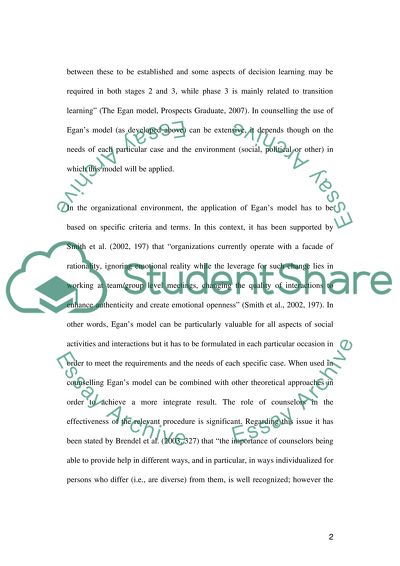Cite this document
(“Egan's integrative approach to counselling Essay”, n.d.)
Retrieved from https://studentshare.org/miscellaneous/1540998-egans-integrative-approach-to-counselling
Retrieved from https://studentshare.org/miscellaneous/1540998-egans-integrative-approach-to-counselling
(Egan'S Integrative Approach to Counselling Essay)
https://studentshare.org/miscellaneous/1540998-egans-integrative-approach-to-counselling.
https://studentshare.org/miscellaneous/1540998-egans-integrative-approach-to-counselling.
“Egan'S Integrative Approach to Counselling Essay”, n.d. https://studentshare.org/miscellaneous/1540998-egans-integrative-approach-to-counselling.


